
gas jar with a lid
$250.00 Original price was: $250.00.$150.00Current price is: $150.00.
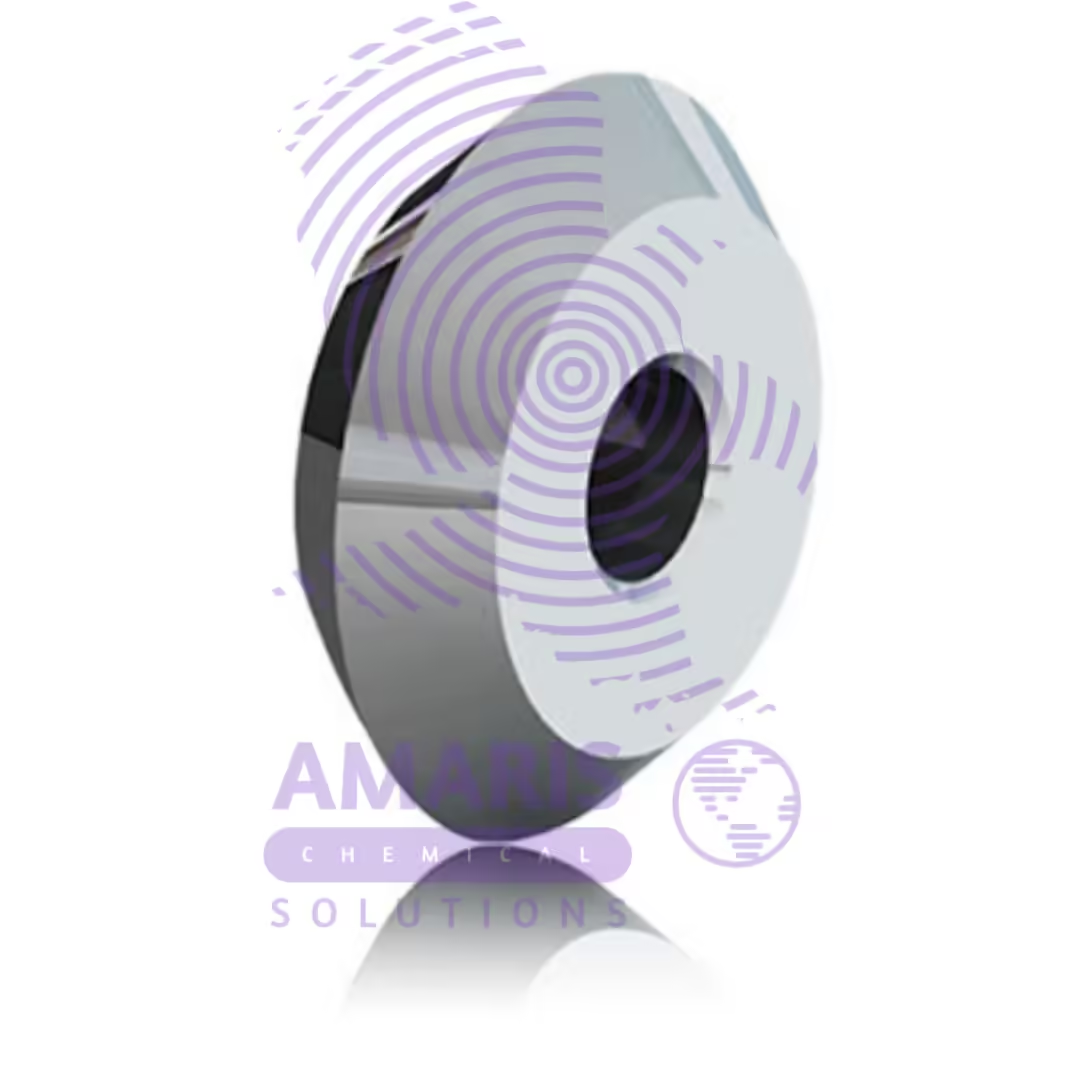
Glass tubbing cutter wheel type
$1,800.00 Original price was: $1,800.00.$1,500.00Current price is: $1,500.00.
Glass stirring rod
$250.00 Original price was: $250.00.$200.00Current price is: $200.00.
Whatsapp Order
A stirring rod, also known as a glass rod, is a slender, cylindrical piece of solid glass used for mixing chemicals and liquids in laboratory settings. Its smooth, inert surface makes it ideal for stirring solutions without reacting with the substances. The rod is typically about 20–30 cm in length, providing enough reach to mix in beakers, flasks, or other containers. Due to its heat-resistant properties, it can also be used to stir hot liquids without breaking or melting.
SKU:
ACS86322CHEM0
Category: LABORATORY EQUIPMENT & APPARATUS
Description
Uses
- Stirring solutions: Glass rods are primarily used to stir mixtures or solutions, ensuring even distribution of solutes.
- Decanting liquids: When pouring liquids from one container to another, the glass rod helps guide the liquid along its surface to prevent splashing.
- Spreading liquids: In microbiology labs, glass rods (specifically bent into a “hockey stick” shape) are used to spread cultures on agar plates.
- Inducing crystallization: A glass rod can be used to scratch the inside of a container, inducing crystallization in supersaturated solutions.
- Testing for acidity: Glass rods can be used to transfer small drops of liquid onto pH indicator papers for acidity testing.
Reviews (0)
Be the first to review “Glass stirring rod” Cancel reply
Related products
Atomic Model Set
$0.01
A lab atomic model set is a collection of physical models and materials designed to represent the structure of atoms and molecules. It is commonly used in educational and scientific laboratory settings to visually demonstrate the arrangement of protons, neutrons, and electrons within an atom, as well as the bonding patterns between atoms in molecules. These sets typically include colored balls of various sizes representing different types of atoms, as well as connectors or magnets to simulate chemical bonds between them. The purpose of these sets is to help students and researchers better understand the principles of atomic and molecular structure in a tangible and interactive way.
balance spring
$0.01
Beaker Plastic
$0.01
A plastic beaker is a laboratory container made from plastic material, typically featuring a cylindrical shape with a flat bottom and a spout or pouring lip. It is used for holding, measuring, and mixing liquids or substances during various scientific experiments, research, or educational activities. Plastic beakers come in a range of sizes and are designed to withstand various chemicals and temperatures, making them versatile tools in laboratory settings.
beaker pyrex
A glass beaker is a cylindrical, open-top container made of glass, typically with graduated volume markings on its side. It is commonly used in laboratories for holding, mixing, and heating liquids, as well as for performing various experiments and chemical reactions. Glass beakers come in various sizes and are designed to provide easy observation of the contents and to withstand temperature changes without significant deformation or chemical interaction with the substances being used.
bell in vacuum with air pump with plate
$0.01
A "bell in vacuum" apparatus is a scientific setup used to demonstrate the effects of reduced air pressure (vacuum) on sound transmission. It typically consists of a bell or sound-producing object enclosed within a sealed chamber from which air has been removed, creating a low-pressure environment. This apparatus is designed to illustrate how sound travels differently in a vacuum compared to in normal atmospheric conditions, highlighting the role of air molecules in sound propagation.
Blotting paper
$0.01
Blotting paper is a highly absorbent and thin sheet of paper, typically made from materials like cotton, linen, or other plant fibers. It is designed to quickly absorb excess liquids, such as ink, oil, or moisture, from various surfaces without smudging or smearing the substances. Blotting paper is commonly used to remove excess ink from a freshly written page, absorb oil from the skin without disturbing makeup, or dry wet items. It is often found in office settings, art studios, and cosmetic applications due to its efficient absorption properties.



 LABORATORY EQUIPMENT & APPARATUS
LABORATORY EQUIPMENT & APPARATUS
 Fertilizers
Fertilizers Plant Growth Regulators
Plant Growth Regulators Soil Conditioners
Soil Conditioners Animal Feed Additives
Animal Feed Additives Biostimulants
Biostimulants Dough Conditioners
Dough Conditioners Flour Treatments
Flour Treatments Fat Replacers
Fat Replacers Preservatives (baking)
Preservatives (baking)
 Surfactants (cleaning)
Surfactants (cleaning) Builders
Builders Bleaching Agents
Bleaching Agents Enzymes
Enzymes Solvents (cleaning)
Solvents (cleaning) Fragrances
Fragrances

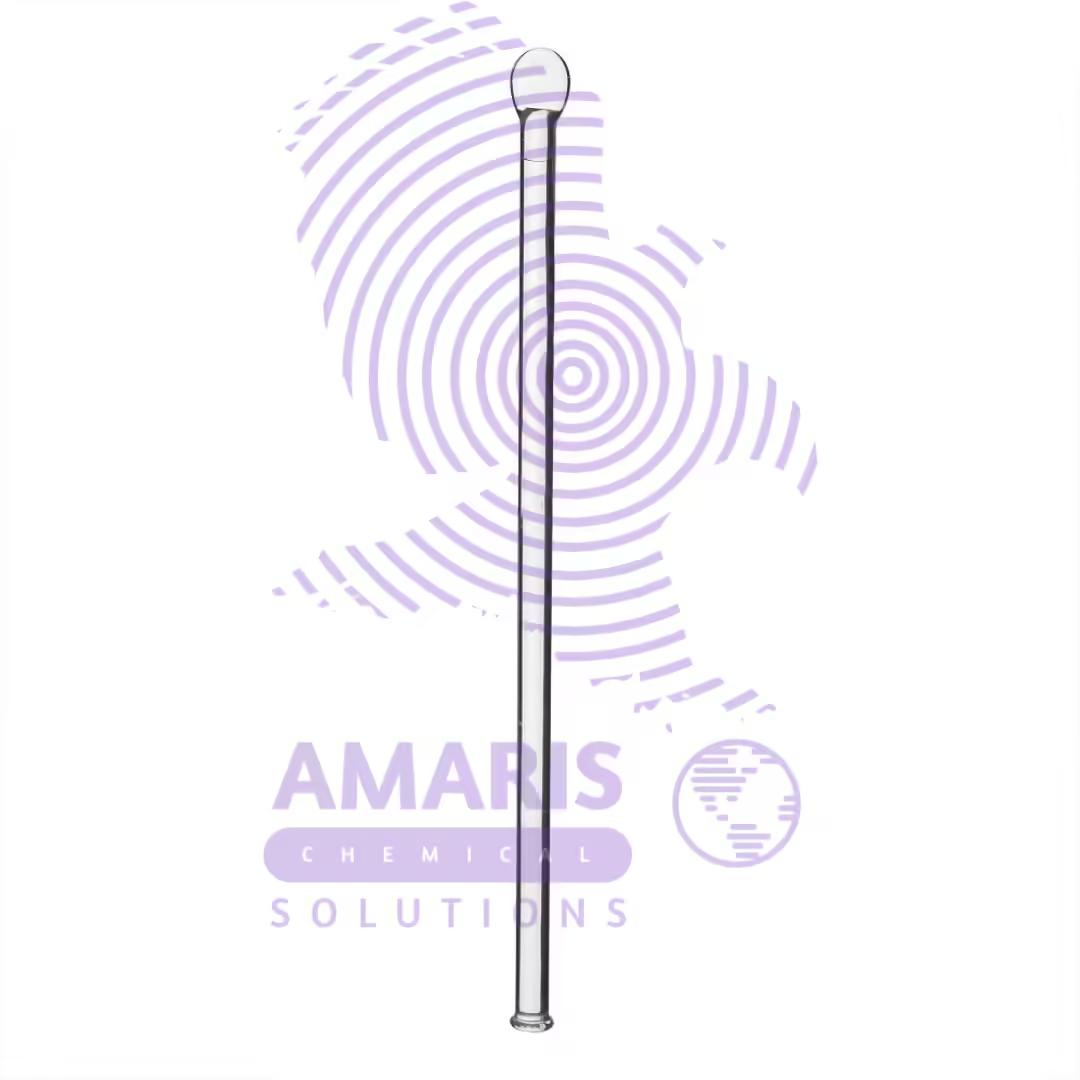
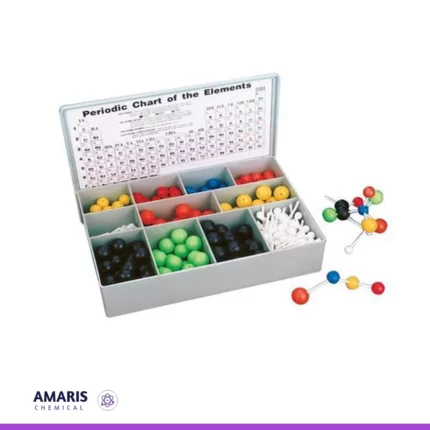
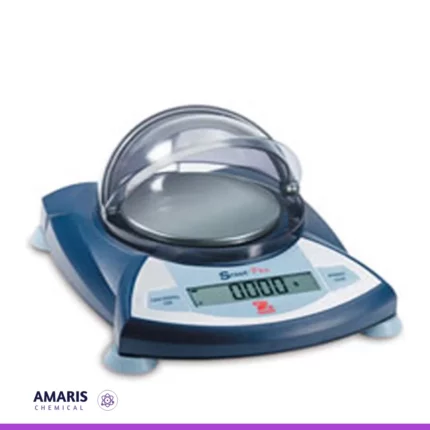
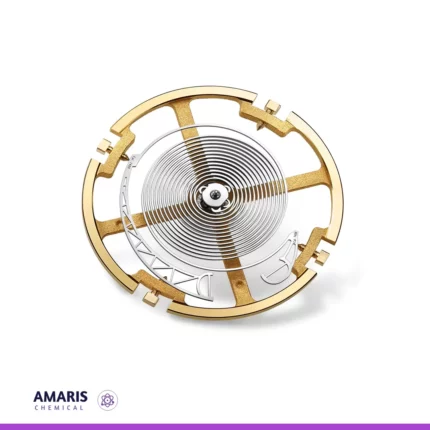
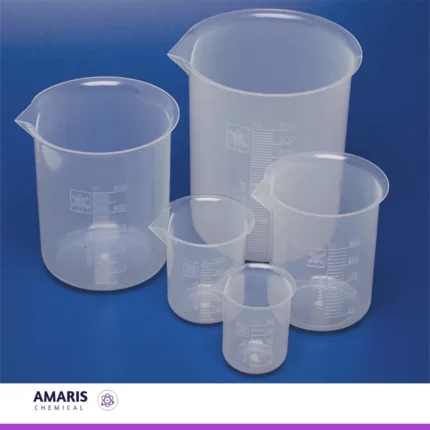
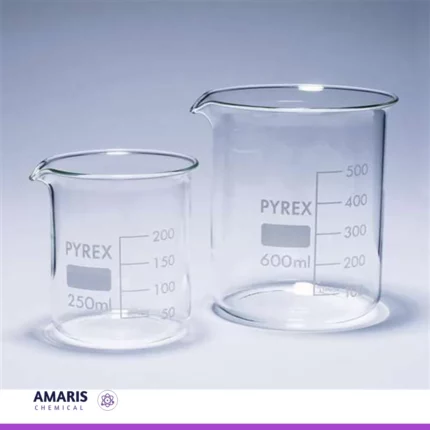













Reviews
There are no reviews yet.